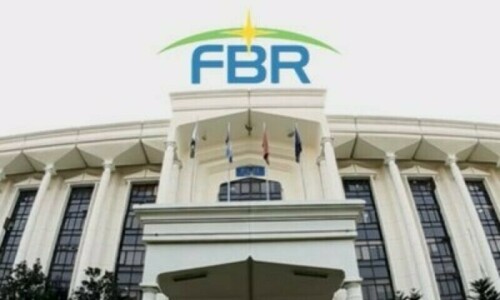LUSHAN, CHINA: Thousands of rescue workers combed through quake-shattered villages in southwest China on Sunday in a race to find survivors as the death toll from a powerful tremor the day before rose to 179.
Dressed in bright orange uniforms, rescuers battled their way up mountain paths strewn with wreckage to reach isolated parts of Sichuan province on the edge of the Tibetan Plateau, state broadcaster CCTV showed.
Army troops dressed in camouflage clothes worked through the night, searching villages where houses had been razed for survivors and treating those injured in the quake.
China's new Premier Li Keqiang has rushed to the disaster zone and was shown by CCTV eating breakfast in a tent. He told state media that “the rescue effort is our first duty”.
Li said on Saturday that the first 24 hours was “the golden time for saving lives”, as China's new leaders respond to another disaster five years after a previous Sichuan earthquake left more than 90,000 people dead or missing.
More than 1,100 aftershocks have followed since the latest quake struck the province on Saturday morning. Chinese seismologists registered the tremor at 7.0 magnitude while the US Geological Survey gave it as 6.6.
At least 179 people have been confirmed dead and nearly 7,000 were injured, the Xinhua news agency said. Firefighters helped by sniffer dogs have pulled 91 people alive from the rubble, it said, citing the Ministry of Public Security.
At Lushan People's Hospital, a steady stream of ambulances continued to arrive in the early hours of Sunday. Most victims were taken to tents erected in the grounds surrounding the hospital, where doctors treated the wounded.
A 68-year-old woman with a broken arm spoke of the terror she experienced when the earthquake struck.
“It was as if the mountain was alive,” she told AFP. “Now I have no home to go. So I don't know what I am going to do.”
Xia Donghai, 48, a migrant worker in the northern province of Heibei, rushed home to Lushan when his family failed to respond to telephone calls.
“I am filled with terror, I do not know what I will find when I return to the family home,” he told AFP.
Putting aside months of tension with China over a high-seas territorial dispute, quake-prone Japan offered any help that is required.
“Japan is ready to offer its maximum support,” Prime Minister Shinzo Abe said in a message to Chinese President Xi Jinping and Premier Li, according to Japan's foreign ministry.
China responded that overseas assistance was not needed at the moment but that it would contact Japan if that changes, the ministry said.
More than 17,000 Chinese soldiers and police have joined the rescue mission and five drones were sent to capture aerial images, Xinhua said, as well as aircraft carrying out rescue and relief work.
Some teams had to contend with roads blocked by debris, while one military vehicle carrying 17 troops plummeted over a cliff on Saturday, killing one soldier and injuring seven others.
The disaster evoked comparisons to the 2008 Sichuan quake, the country's worst in decades, and President Xi ordered all-out efforts to minimise casualties, Xinhua said.
The 2008 quake generated an outpouring of support, with volunteers rushing to the scene to offer aid and then-premier Wen Jiabao also visiting.
But public anger erupted after the discovery that many schools fell while other buildings did not, creating suspicions of corruption and corner-cutting in construction.
The deaths of the children became a taboo subject in the heavily controlled domestic media and social media websites.
But the response on China's Twitter-like “weibo” sites to Saturday's quake has overwhelmingly been one of support for rescue efforts, with thousands pledging to donate money and others mourning the victims.
Earthquakes frequently strike China's southwest. In April 2010, a 6.9 magnitude quake killed about 2,700 people and injured 12,000 in a remote area of Qinghai province bordering the northwest of Sichuan.















































